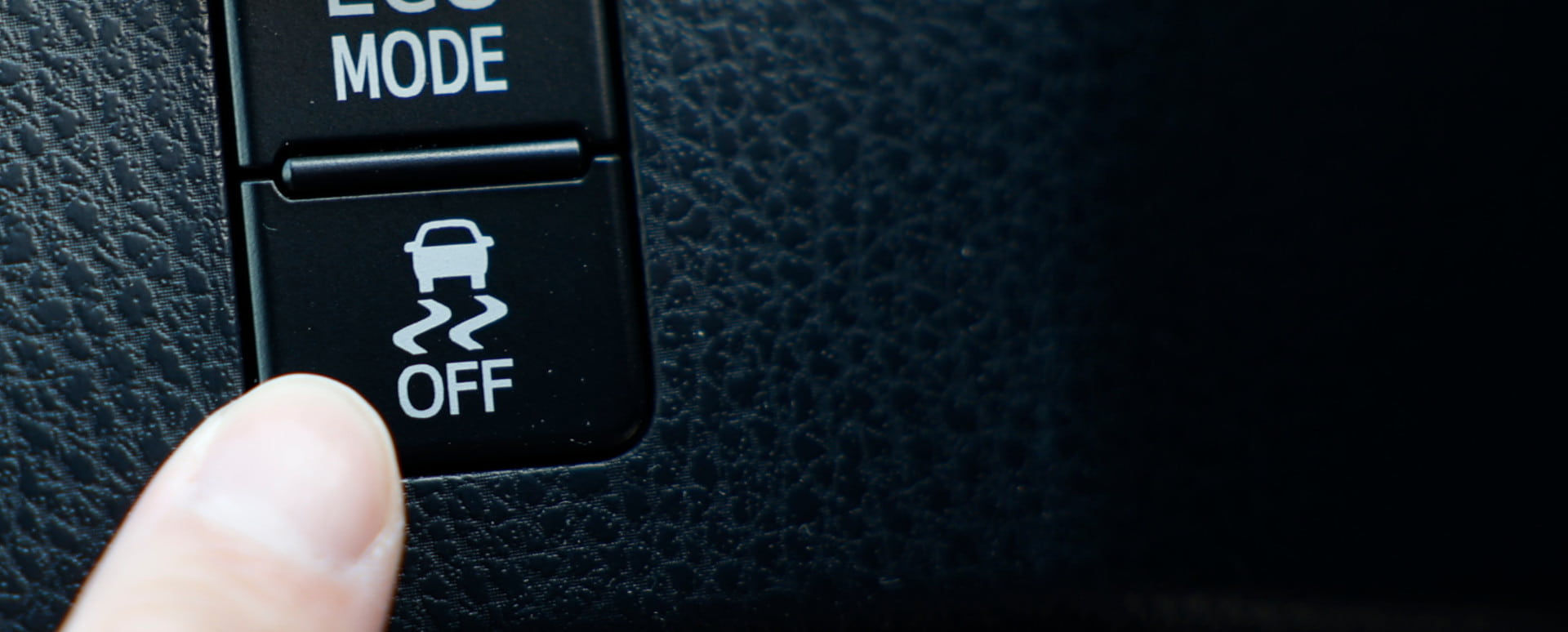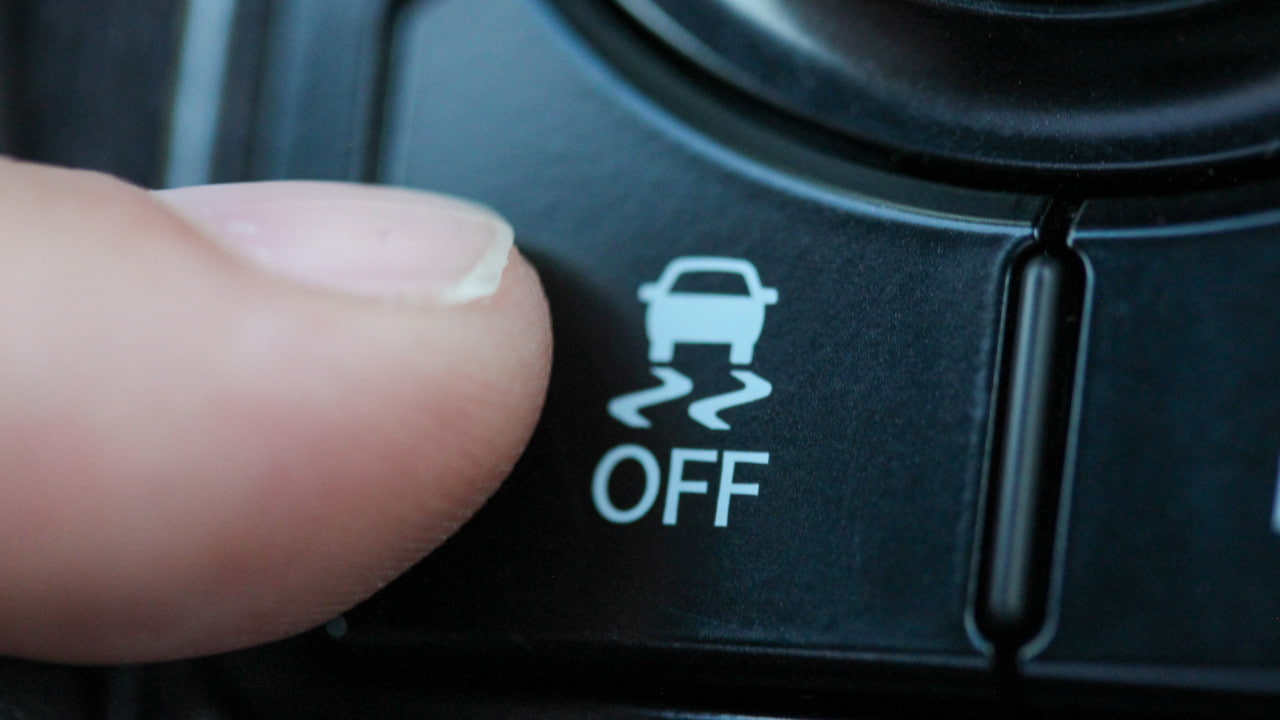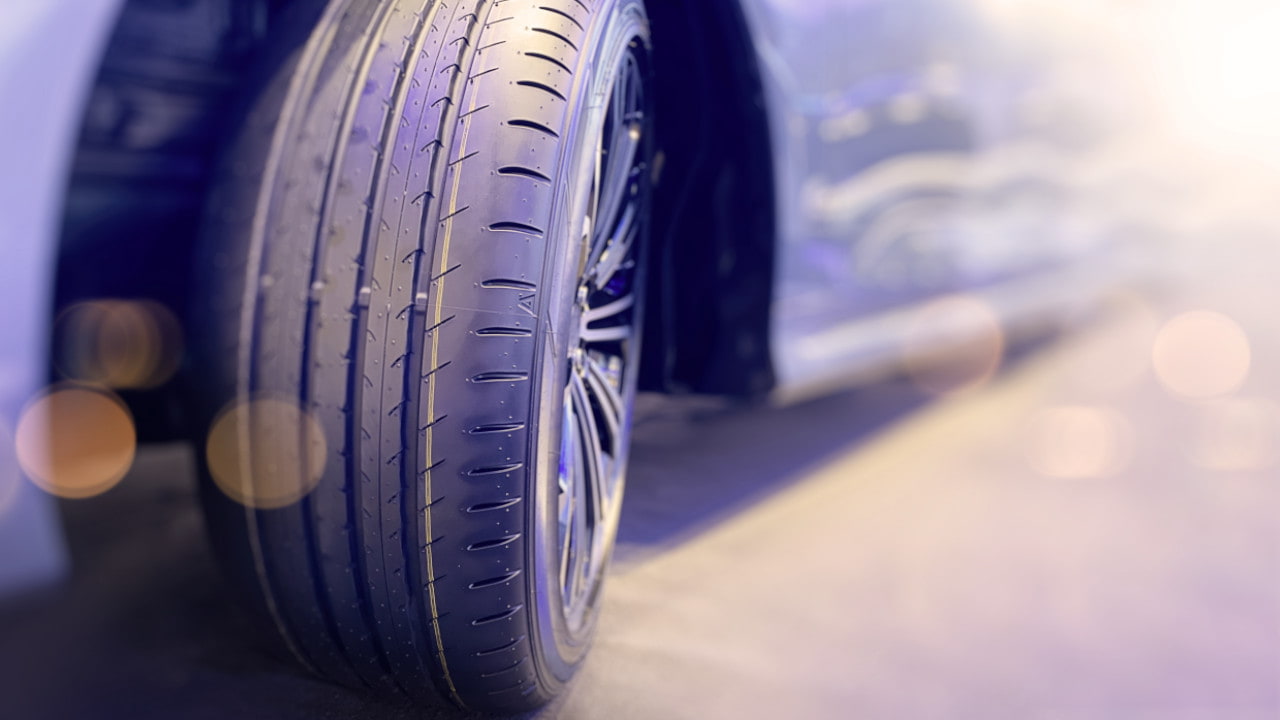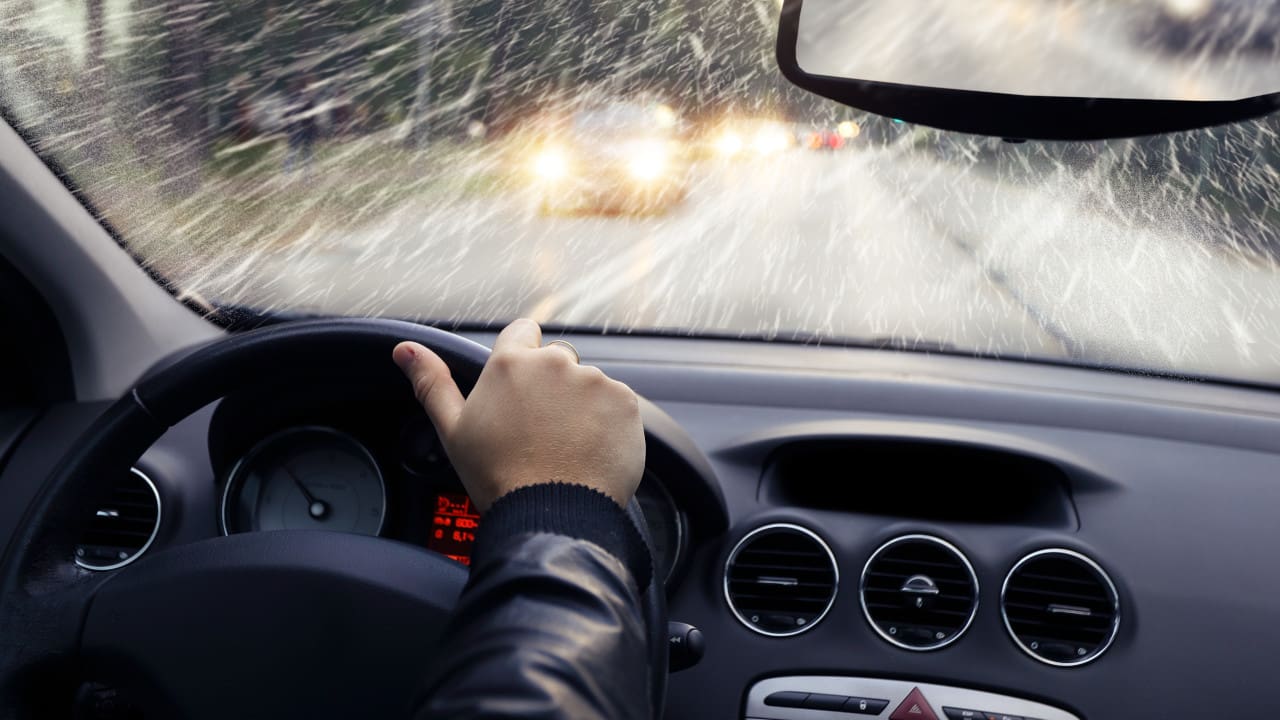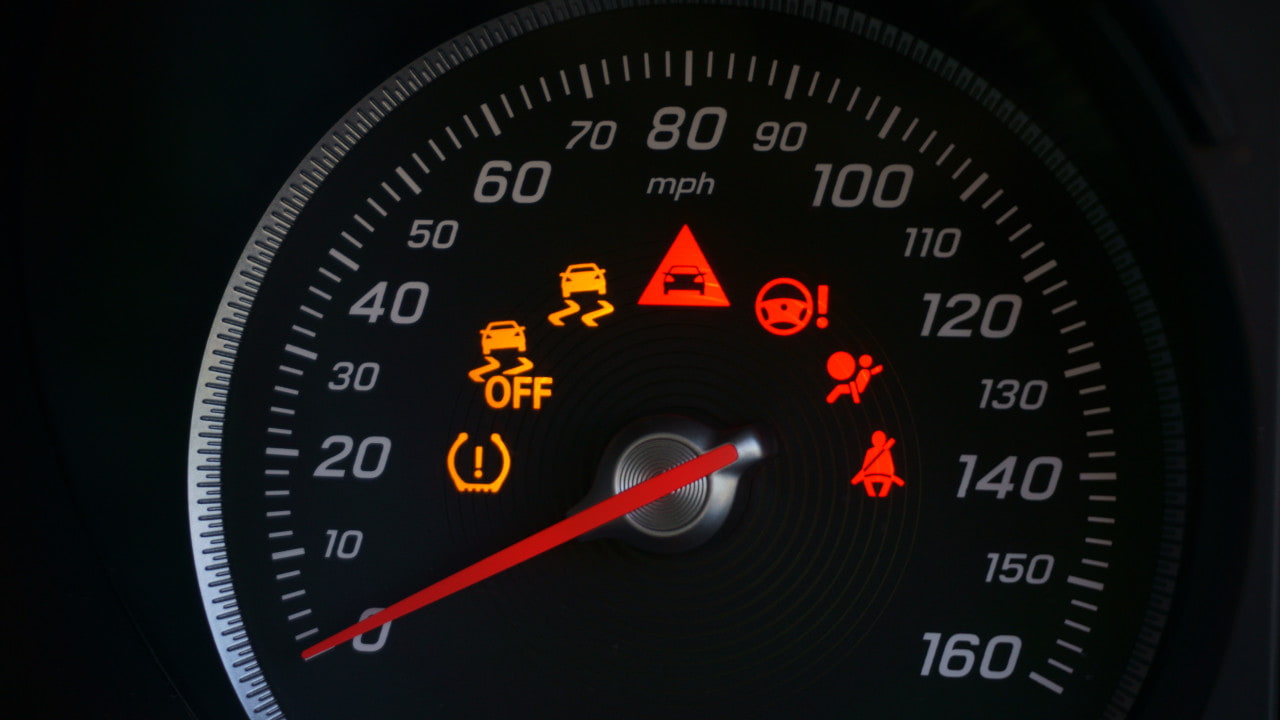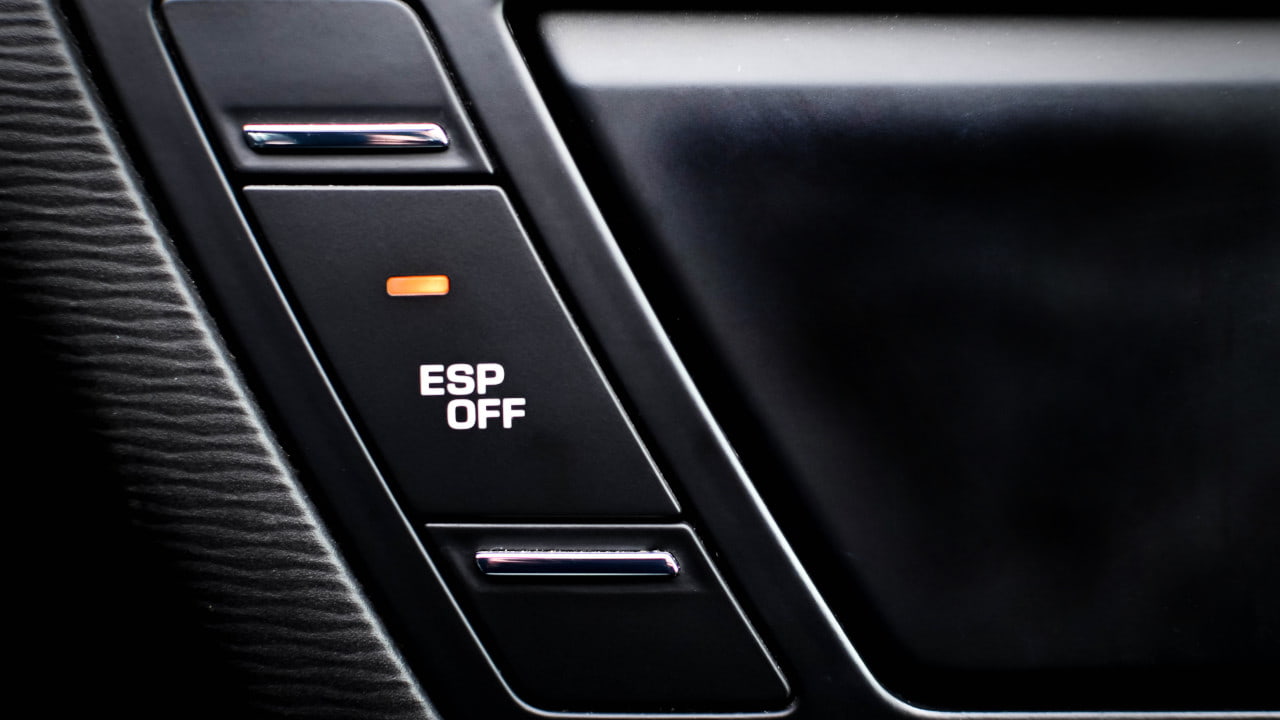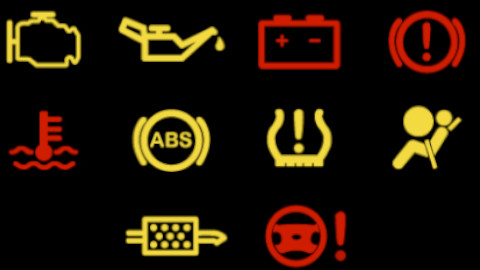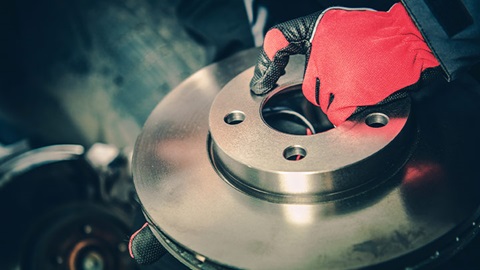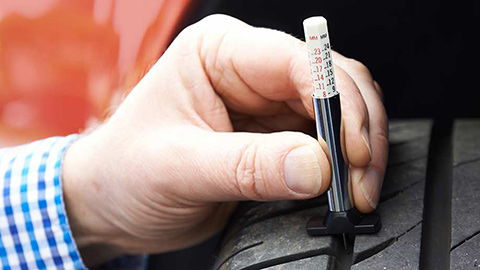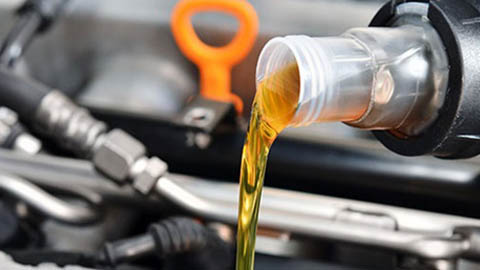Traction control: getting a grip
If you drive a new or used car that was built from around 2011 onwards, there's a high chance it'll be fitted with a wide range of safety features to protect you from getting into any danger while behind the wheel.
Traction control is one of the most vital systems for keeping us safe while driving by increasing grip on the road when needed. But what exactly is traction control, how does it work, and is it safe to drive with the traction control light on? We detail everything you need to know in our handy guide below.
- What is traction control?
- How does traction control work?
- When to use traction control
- Should you ever switch traction control off?
- Traction control warning light explained
- Frequently asked questions
What is traction control?
In simple terms, traction control helps to identify any slip or loss of grip between your tyres and the road surface to help drivers avoid wheelspin and maintain control over their car in unpredictable weather conditions.
Once the system has detected slipping or skidding from any of the wheels, the brakes will be applied automatically to that wheel, so you can continue on your journey safely. Traction control is likely to be a lot more active in the winter months due to snow, ice, and rain affecting the road surface.
How does traction control work?
Traction control keeps a careful eye on each one of a vehicle's tyres using active sensors. Working similar to the anti-lock braking system, these sensors can effortlessly detect any abnormalities in the way each tyre is moving, including speed, spin, and grip on the road.
Essentially, the system gives drivers increased control of their vehicle to regain stability by decreasing the speed of the wheel that's started to spin and shifting power to the wheels with increased grip.
When traction control starts to take action, many cars will display a flashing light on their dashboard. Keep in mind that if the light remains on each time you start your engine, this could indicate a fault with the system and should be taken seriously.
When to use traction control
Usually programmed as a default setting on most cars, traction control is recommended to remain active at all times. Unlike many systems you'll find in cars that require activating when needed, traction control is a default safety feature that will benefit drivers every day without them even noticing.
Although the system is frequently operated in winter when drivers are faced with rain, snow, and ice, wheelspin can also occur because of uneven road surfaces, making harsh turns, and sometimes even on flat, non-harmful surfaces. Therefore, it's sensible to keep traction control on at all times to avoid skidding on the road.
Should you ever switch traction control off?
Generally speaking, you should always ensure your traction control is kept on, however, there are a couple of very rare instances when you may need to switch it off completely, including being stuck in deep snow, sand, or mud.
In these instances, your wheels will need to spin freely in order to emerge, and reducing power to a spinning wheel would have the opposite effect. Spinning quickly in a rut can usually make things worse, but giving the driver more control without the TCS cutting in allows for more flexibility when trying to get unstuck.
Every car is different when it comes to the location of the traction control switch or button, so if you're trying to turn the system on or off, you should find all the information you need in your vehicle's manual.
Traction control warning light explained
A traction control warning light usually displays the symbol of a skidding car and should be taken seriously if it appears. Ignoring a traction control warning light could lead to dangerous consequences on the road, so make sure to take action should you come across this light in the future.
So, what should you do if your traction control warning light comes on? Firstly, you'll want to check that you haven't accidentally hit your traction control button to switch it off, as the warning light can indicate when the system is out of use.
If you're sure your traction control is switched on and the light is still showing on your dashboard, you may want to take matters into your own hands and try to find a solution. However, it's always best to take your car for a vehicle health check to ensure it's completely safe to drive.
Frequently Asked Questions
What is ESP in a car?
ESP stands for Electronic Stability Programme and is essentially a safety system that detects when your car is skidding or swerving on the road and brings your vehicle back under control to keep you safe from accidents.
What is ESC in a car?
Electronic Stability Control (also known as ESC) is activated by a vehicle's loss of control or sudden manoeuvre. The system will automatically apply the brakes to stabilise the car as quickly as possible.
Happy to Help
You should now be fully aware of what traction control is, how it works, and what to do if you see a warning light displayed in your vehicle. And now you know just how important traction control is, you might want to get your car checked over to make sure it's safe and roadworthy.
Our qualified technicians at your local Evans Halshaw dealership can give you extra peace of mind with the range of vehicle health checks on offer.
Alternatively, head over to our blog section for more helpful tips, advice, and insights for car owners.

